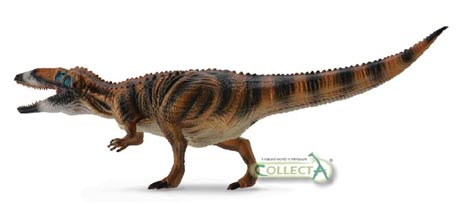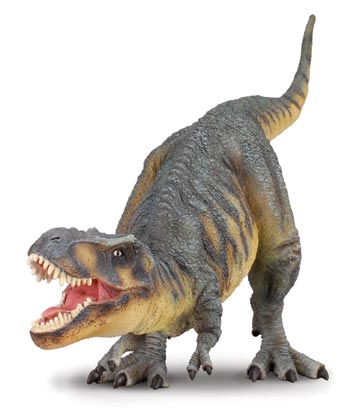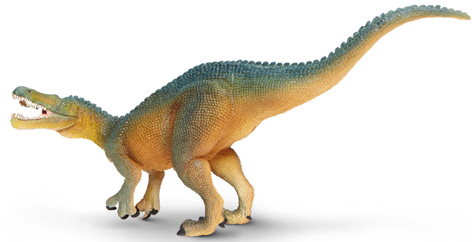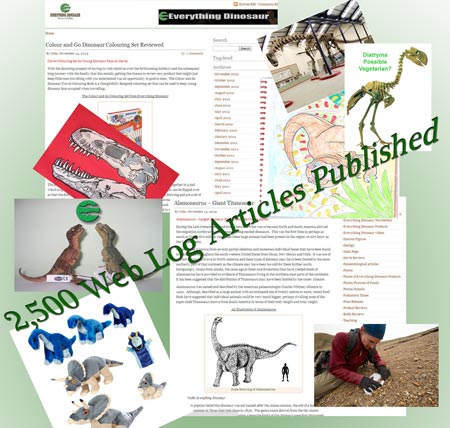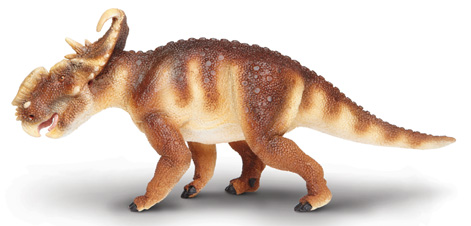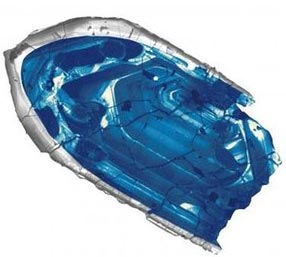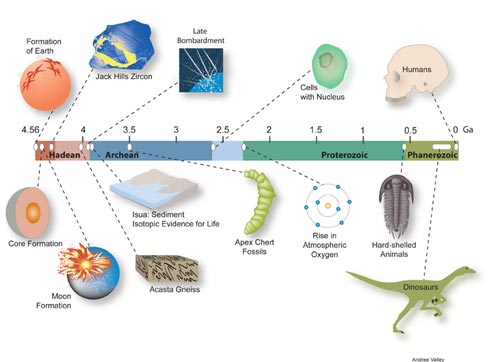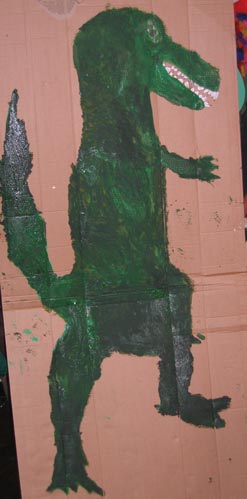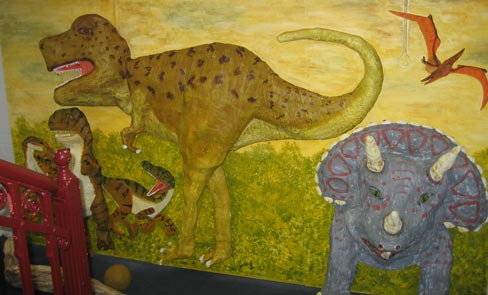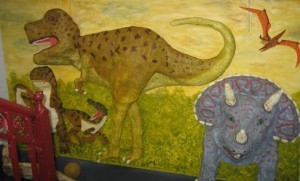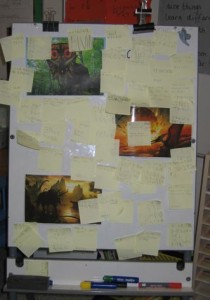Amazing Mass Grave of Prehistoric Whales – Algal Bloom Toxins the Probable Cause
Algal Bloom Toxins Poison Prehistoric Marine Mammals
It had been the subject of intense scientific study, a series of mass graves of prehistoric cetaceans and other vertebrates found in the remote Atacama Desert of Chile. The assemblage of fossils included many pristine examples of prehistoric whales preserved in sediments dated to the Miocene Epoch, the majority of the skeletons were virtually complete, so what caused these mass graves of so many ancient creatures?
A Scientific Paper
In a paper published in the academic journal “The Proceedings of the Royal Society B. (Biology)”, scientists have finally been able to piece together the sequence of events that led to one of the most spectacular Miocene aged vertebrate fossil collections known anywhere in the world. It seems that algal blooms occurred in the region and have been preserved in sediments dated as being between six and nine million years old. These blooms of microscopic, single-celled and multi-celled phytoplankton produced large amounts of a deadly neurotoxin, which when breathed in or ingested by these animals led to rapid organ failure and sudden death.
The blooms were probably caused by a sudden increase in run-off from the Andes Mountains, perhaps as a result of violent storms. The sediments entering the Pacific coastal area of Chile were saturated with iron and other minerals which led to the dramatic increase in algae and the eventual algal blooms that led to the devastation of local stocks of marine mammal fauna.
Prehistoric Marine Mammals
One clue to the cause of death lay in the position and orientation of the majority of corpses. Many of the whale skeletons were lying on their backs, it seems that these creatures had not become stranded but had been washed ashore already dead. Baleen whales such as Fin and Humpback whales have a huge throat pouch. When these animals die and the carcase starts to decompose, this pouch fills with gases created from the putrefying flesh. This pouch acts as a huge flotation device, the belly-up post mortem position suggests that these cetaceans died out at sea and then got washed inshore.
To view models and replicas of a prehistoric whale (whilst stocks last) and other prehistoric animals: CollectA Prehistoric Life Models and Figures.
In addition, the extremely well preserved and relatively undisturbed layout of the fossilised bones suggest that these bodies were washed ashore quite quickly and that the corpses were not scavenged by predators such as sharks which were abundant in these ancient Miocene waters. Once on land, the carcases were lifted out of the surf zone perhaps by exceptionally high tides and deposited high up the beach, once there, since there were very few large predators in the arid environment the corpses lay relatively undisturbed until they were buried by sand.
Commenting on the exceptional preservation of the fossilised remains, one of the lead researchers, Nicholas Pyenson (a palaeontologist at the Smithsonian National Museum of Natural History), stated:
“These big hunks of meat stranded on a tidal flat, yet there were no terrestrial predators like a bear, nothing really larger than a dog, that could dismember the carcases and carry the bones away”.
Fossil Algal Mats
Tell-tale signs of fossil algal mats found in proximity of the skeletons also suggest it was neurotoxins from a bloom of phytoplankton that killed these animals. Such mats are produced when algae reproduces rapidly and the population grows to many times the normal levels. These preserved mats are orange in colour a result of their high iron content. This suggests that large amounts of iron was dissolved in the offshore waters of Chile, most likely as a result of large amounts of iron-rich sediment reaching the sea having been washed down from the nearby mountains, to the east of the fossil site’s location.
This incident does not seem to have been an isolated event. Four distinct layers of fossils have been identified, this indicates that algal blooms leading to such high levels of marine vertebrate mortality must have happened at least on four separate occasions over a period of perhaps ten to sixteen thousand years. The fossil site was originally revealed back in 2010 when the Pan-American highway was being widened, although the area had already revealed a number of whale skeletons and other prehistoric marine mammals, such a concentration of large baleen whale fossils is particularly rare.
Ten Different Kinds of Marine Vertebrates
The palaeontologists have identified ten different kinds of marine vertebrates including whales, marlins, billfish, at least two species of seal, a bizarre Odobenocetops, a whale with two tusks that made it resemble an extant walrus, plus the remains of an aquatic sloth have also been discovered. Such a mixture of different vertebrates all meeting a sudden end, made the scientists discount a virus that may have led to the deaths of a number of animals of the same species but not such a wide range of different marine animals.
The Smithsonian based researchers have prepared and extensive record of the fossil material, the area is known locally as the Cerro Ballena (the hill of whales) and there may be many more whale carcases buried in this region, already the fossils mapped so far represent the richest and most concentrated whale fossil site known anywhere in the world.
Some Whale Fossils May be Put on Display in Museums
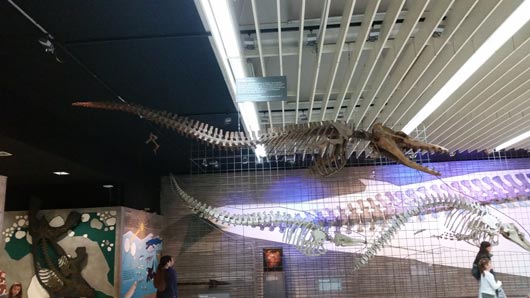
The magnificent ancient whales gallery at the Frankfurt Natural History Museum (Germany). Picture credit: Everything Dinosaur.
Picture credit: Everything Dinosaur
Dr Pyenson went onto add:
“The condition and arrangement of the bones, the presence of algal mats on some fossils and the fact that there are multiple species of marine animals at the site, all point to killer algae as really the only plausible explanation. In today’s world, harmful algal blooms happen all the time. This is the first time we can pin it down in the fossil record for marine mammals.”
The discovery also has implications for a number of extant marine mammal species. Such algal blooms could devastate already vulnerable populations of rare inshore dolphins, dugongs and manatees.


